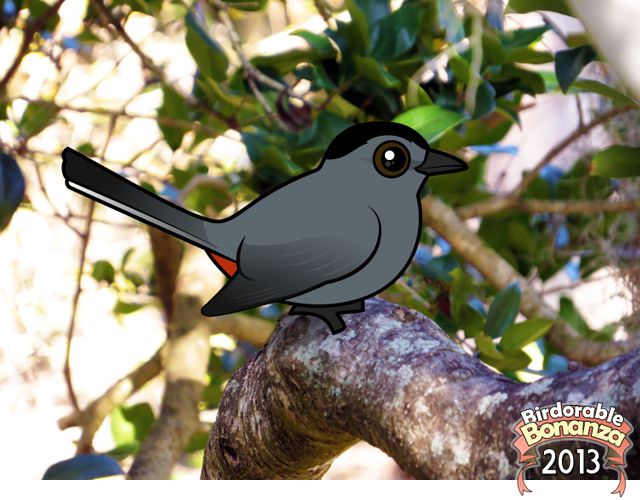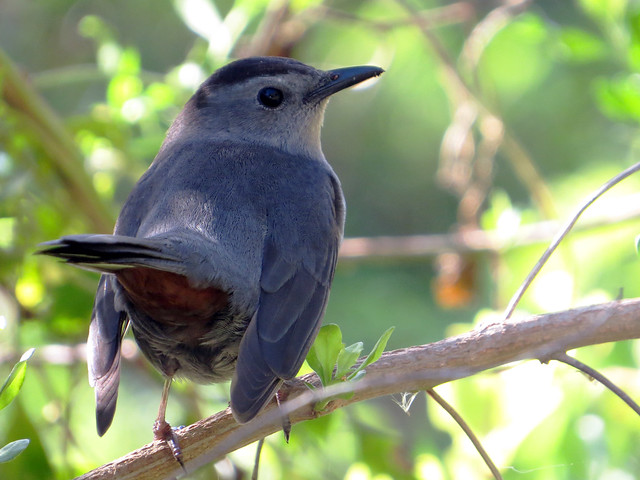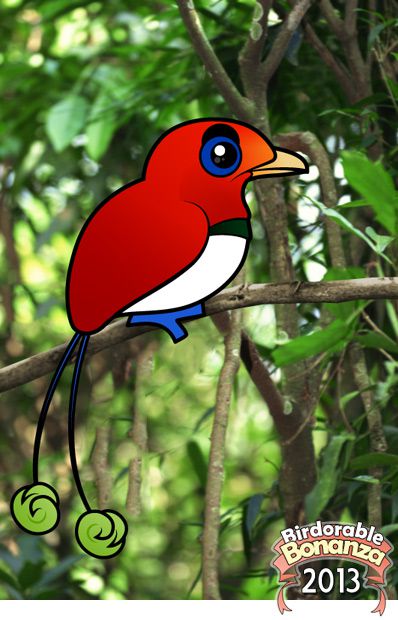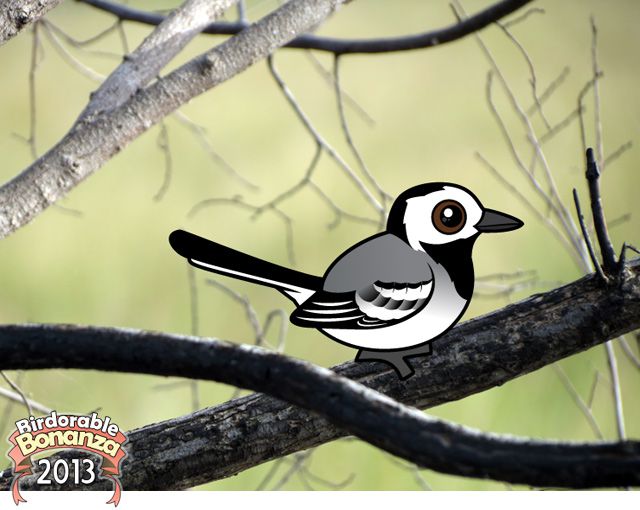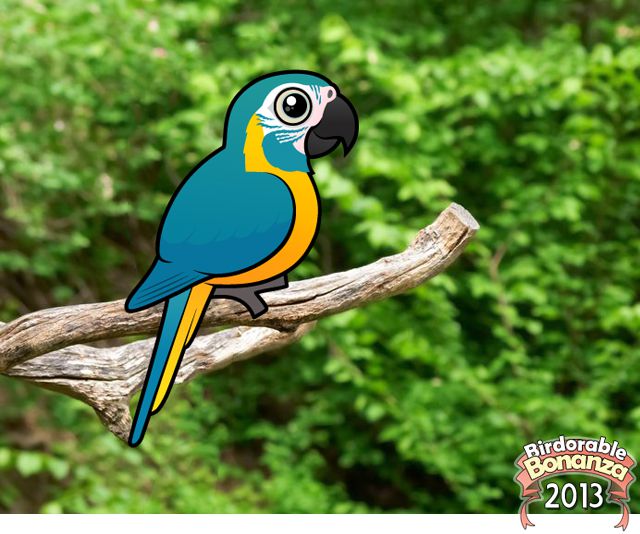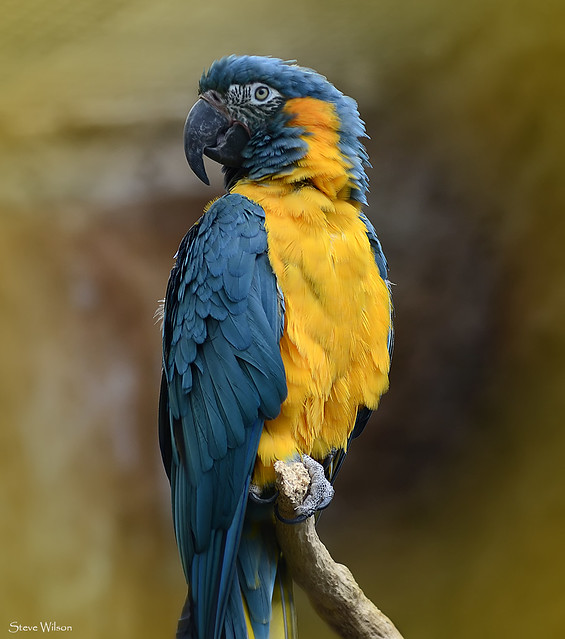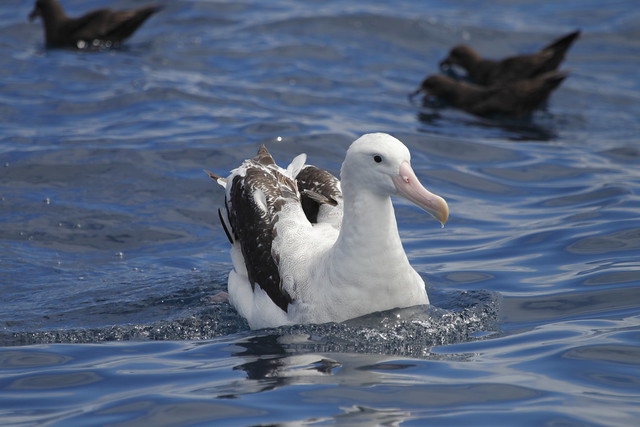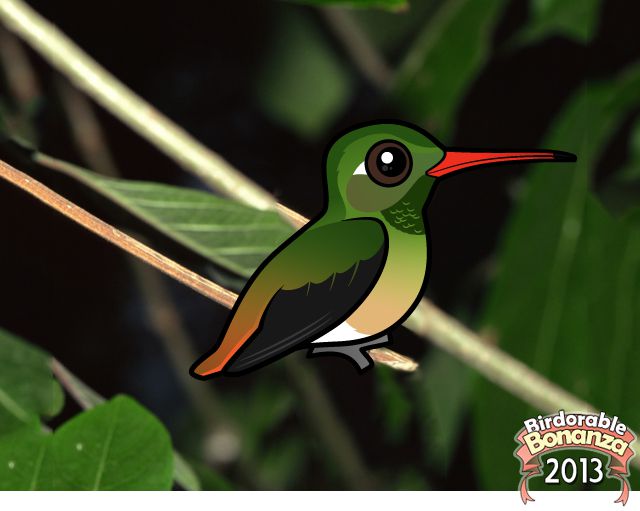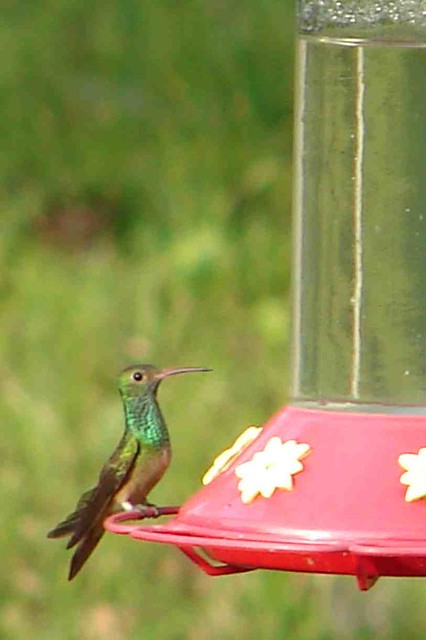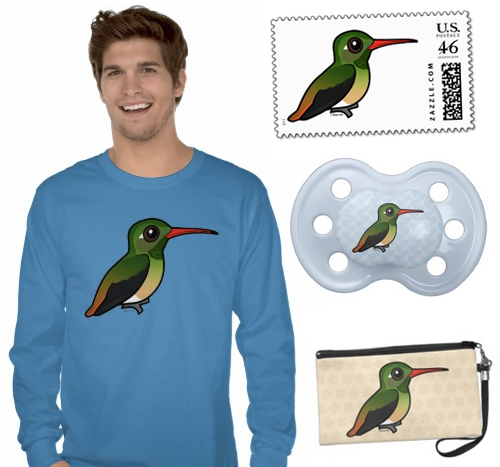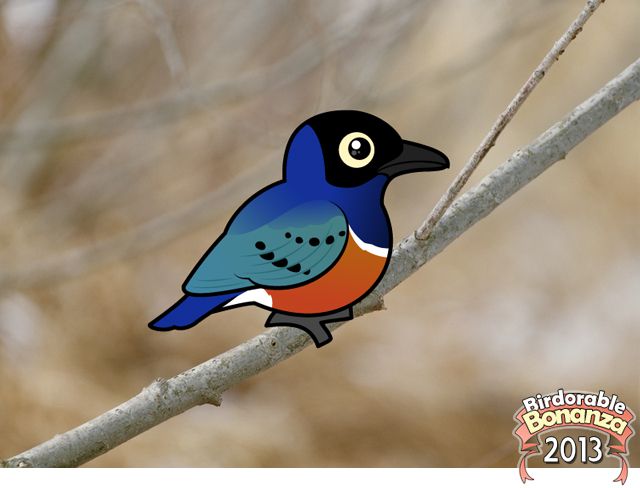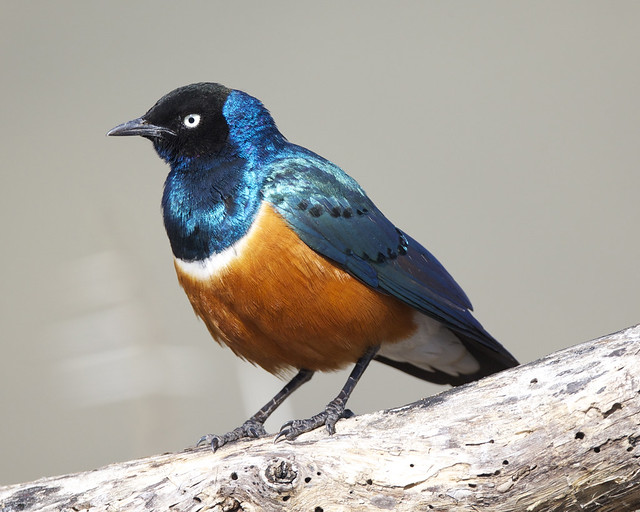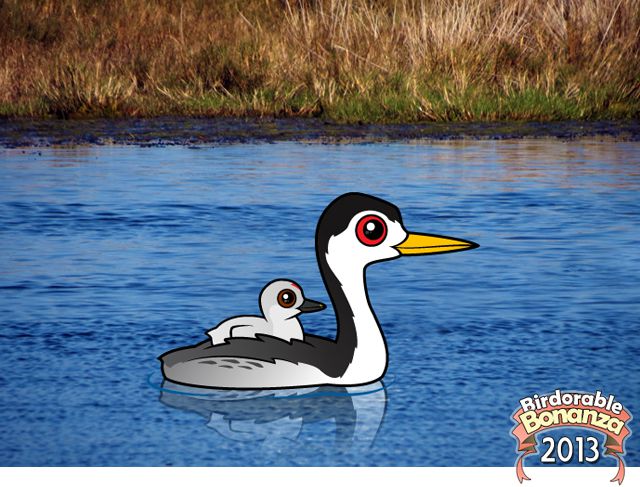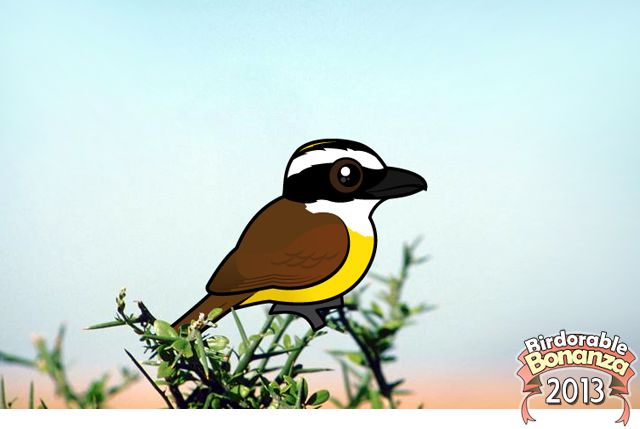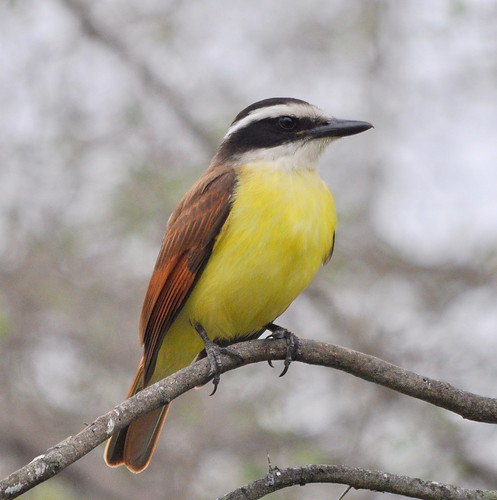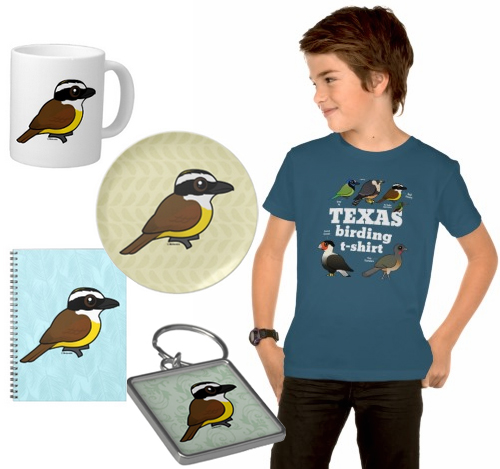We're adding a new bird each day until we reach our 500th Birdorable species! Today's Bonanza bird is the Australian Magpie.
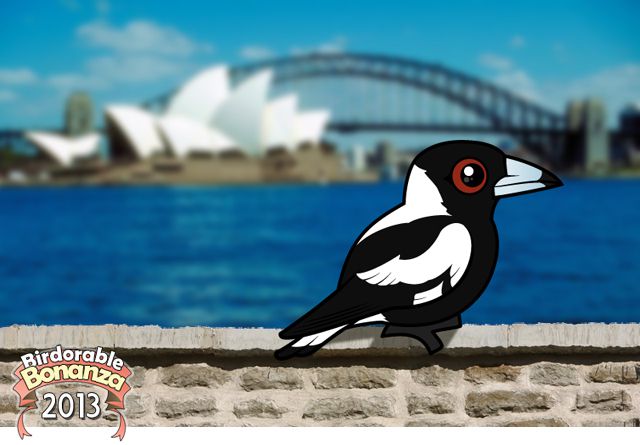
Australian Magpies are not closely related to the magpies found in Europe or the Americas. When European naturalists came to settle in Australia, they noted the plumage of the new Australian species was similar to the Eurasian Magpie. They named the bird after their old familiar. Did you know that the American Robin was named in the same fashion? It is not related to the European Robin, but both species share a brownish plumage with a rich reddish-orange breast.

Australian Magpies are conspicuous and common within their range. They are omnivorous and are well-adapted to a variety of habitat types. They enjoy popularity in Australia and are the mascot for several sports teams as well as the official emblem of the Government of South Australia. Although they are popular, during breeding season they can be a menace as they fiercely protect their nest site. They may swoop down on anyone they perceive as a threat to their territory. August to October is the peak season for magpie attacks, and both pedestrians and cyclists are deemed fair game.

Tomorrow's new species is a North American songbird with a buzzy song and blue wings.



